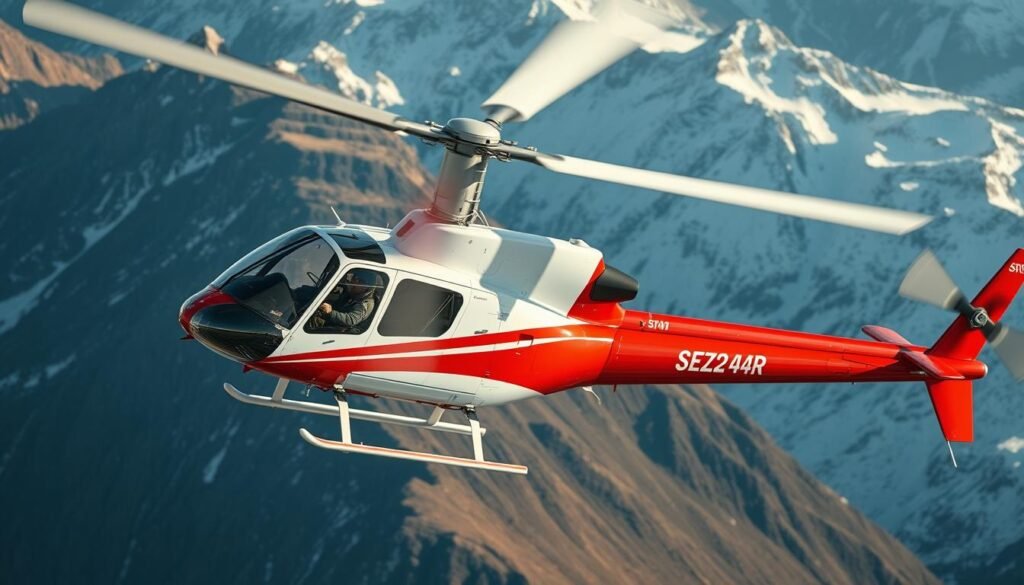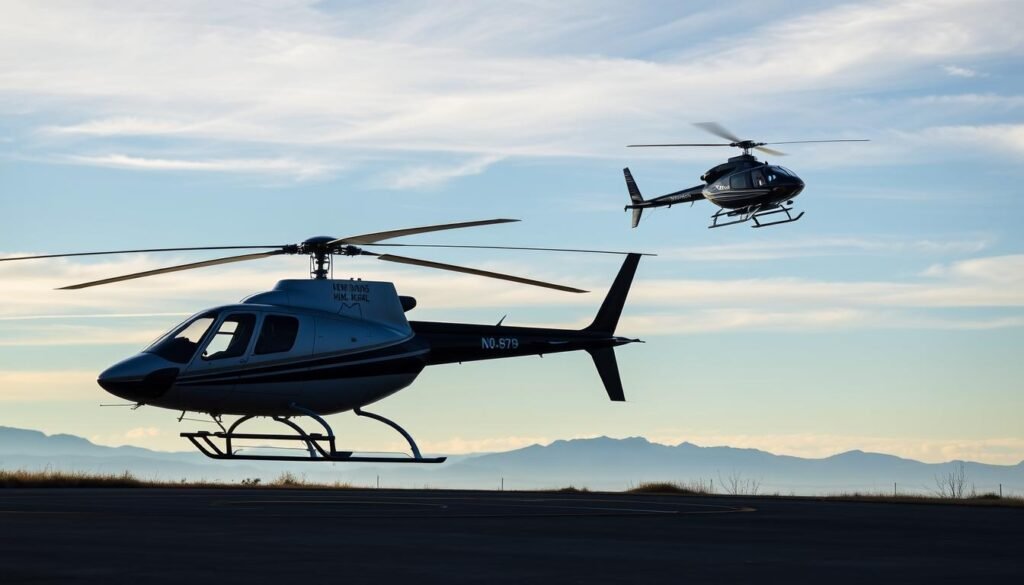They know what it feels like when a clock becomes an enemy and a call means someone’s life could change in minutes.
This directory speaks to candidates who seek mission-first roles in medevac operations. It lays out how to view open listings, match experience to minimum pilot and crew requirements, and prepare documents to apply this year.
Pilots, clinicians, and maintainers will find clear notes on flight assignments, from scene response to interfacility transport. The piece highlights how teamwork, strict process, and safety culture shape patient outcomes and career growth.
The next sections guide readers to view opportunities, compare benefits and schedules, and start applications quickly. It frames realistic expectations so applicants can choose roles that match skills and values.
Key Takeaways
- How to view open positions and begin the application process.
- What minimum pilot and crew requirements typically look like.
- How flight roles translate to patient care and team work.
- Safety, training, and culture are central to each employer.
- Typical career paths and steps to advance over the coming year.
Explore Current SAR Helicopter Job Opportunities In The United States
Candidates can scan active listings nationwide to find mission-focused roles that match their flight experience and schedule.
View Open roles by filtering searches on employer career pages. These sites typically surface active flight and pilot postings, let applicants upload resumes, and outline the step-by-step application process.
Transactional Search Intent: View Open Roles And Apply Today
Applicants should prepare concise flight hour summaries, currency details, and instrument proficiency to speed screening for pilot air methods and pilot air openings.
- Use advanced filters to view open roles by base, aircraft, and mission mix this year.
- Read job pages for training timelines, shift structure, and on-call expectations before applying.
- Career portals may note they use cookies to improve site function; candidates will see cookie prompts while managing profiles.
- Set alerts to view new openings fast and submit to multiple listings in parallel to avoid missing high-priority requisitions.
SAR Helicopter Jobs With Air Methods, REACH, And Metro
Readers get a practical guide to employer portals, resume tactics, and the timelines that affect hiring this year.

Air Methods: Air Medical Pilot And Flight Crew Careers Focused On Safety And Patients
Air Methods operates a wide network of bases where pilots, clinicians, and maintenance staff coordinate mission work centered on safety and patients.
Pilot air methods postings usually list total time, turbine PIC, and IFR/NVG competencies. Applicants should match logbook detail to each listing and be ready to discuss recent checkrides.
REACH: How To Start Your Application And Submit Your Resume
REACH enables fast application starts by email. Candidates can forward a message from a mobile device with a resume attached or reply from a desktop with attachments.
Recruiters confirm interest after they receive the resume. Applicants should attach certifications, flight hour matrices, and recent evaluations in the same email chain to speed scheduling.
Metro: Pilot, Medical Transport, And Support Team Positions Nationwide
Metro lists openings across multiple programs and aircraft platforms. Pilots should review single- and twin-engine type requirements and align currency with platform needs.
For all three employers, applicants can view current postings on the careers website and note whether the site uses cookies to manage applications.
- Reference any available brochureair methods material to show informed interest during interviews.
- Tailor resumes to flight, aircraft, and mission profiles handled in the last year.
- Compare duty rosters, equipment, and base geography when choosing a role.
For additional job-board strategies and application tips, see the top job boards guide.
Qualifications, Safety Culture, And Career Pathways
Strong qualifications combine verified turbine time, recent instrument currency, and steady judgment during time-sensitive missions.

Pilot Requirements, Aircraft Experience, And Readiness For Time-Critical Transport
Pilot applicants should present clear logbook entries showing total flight hours, turbine platform experience, and recent IFR or NVG operations.
Readiness is shown by decisive crew communication, routine risk assessment, and mission planning for changing weather and terrain.
Safety, Training, Employees, And Support For Patients And Families
Organizations reinforce safety through recurrent training, standardized checklists, and proactive hazard reporting.
“Safety and life take precedence over schedule.”
Employees receive structured onboarding, mentorship, and competency checks during the first year to build resilience. Families get transparent scheduling and wellness resources to support life in 24/7 operations serving patients families.
| Area | Typical Expectation | Benefit |
|---|---|---|
| Pilot Qualification | Turbine PIC, IFR/NVG, recent flight currency | Smoother integration into flight teams |
| Safety Tools | LOSA-style observation, SMS, checklists | Lower operational risk |
| Career Path | Line pilot → Training captain → Standards roles | Documented milestones for advancement |
| Patient Support | Clinician coordination, patient transport protocols | Improved outcomes for patients families |
For training research, review the FAA field training perceptions and an overview of pilot challenges in emergency operations.
Conclusion
Candidates should act decisively to align credentials with mission needs and submit targeted applications today.
View open roles across employer portals, follow application instructions exactly, and confirm resume accuracy before submitting. Regularly revisit listings this year since requisitions change quickly.
Acknowledge cookies on company sites to save searches and keep login persistence. Summarize fit in a concise cover letter and attach training records, evaluations, and availability to speed screening.
Refer to a brochureair methods overview and outline career air goals. Those who prioritize families and life safety will find roles aligned to mission purpose. Finalize alerts, prepare for interviews, and keep documents ready so a pilot can move fast when contacted.
FAQ
What roles are available for pilots and flight crew at Air Methods, REACH, and Metro?
These organizations recruit for pilot, flight nurse, flight paramedic, and support staff roles across the United States. Openings include line pilots, training captains, clinical crew, and ground support positions. Candidates can view open roles and apply through each company’s careers page to see locations, shift types, and specific aircraft assignments.
How does one apply for a position and submit a resume to REACH?
Applicants should visit REACH’s official careers site, create a profile, and upload a current resume and certifications. The site guides candidates through role-specific requirements, screening questions, and next steps. Following application, candidates typically receive an email about interview scheduling and any required simulator or checkride evaluations.
What are the typical pilot requirements and aircraft experience expectations?
Employers usually require an FAA commercial certificate, instrument rating, multi-engine experience, and a minimum number of flight hours—often including turbine time. Specific aircraft type ratings or experience in Bell, Airbus, or Leonardo platforms can be preferred. Candidates must also pass medical exams, background checks, and company-specific proficiency checks.
How do companies ensure safety and ongoing training for crew and employees?
Companies maintain dedicated training programs, recurrent simulator sessions, and scenario-based drills. They emphasize standard operating procedures, crew resource management, and clinical competency reviews. Safety officers and quality teams monitor operations, incident reporting, and continuous improvement initiatives to protect patients, families, and staff.
Are there career advancement opportunities within these organizations?
Yes. Staff can move from line positions to instructor, check airman, or management roles. Clinical personnel often advance to leadership, education, or regional clinical director posts. Career pathways include cross-training into different aircraft types and participation in mentorship and professional development programs.
What benefits and support are typically offered to employees and their families?
Benefit packages often include health insurance, retirement plans, paid time off, tuition assistance, and employee assistance programs. Many employers also provide relocation support, family resources, and access to counseling services to help families manage the demands of time-critical transport careers.
How do applicants find current openings and view application status?
Applicants should check the companies’ official career portals regularly, subscribe to job alerts, and use professional networks. After applying, candidates can log into their applicant profile to track status, receive interview invitations, and review required documentation or credential updates.
What qualifications are evaluated for medical crew roles like flight nurse or flight paramedic?
Medical crew candidates must hold current licensure or certification (RN, CCRN, NRP), demonstrate critical care or transport experience, and meet advanced airway and ACLS/PALS requirements. Employers look for strong clinical judgment, experience in time-sensitive environments, and the ability to work under operational constraints.
How do these organizations handle credentialing and background checks?
They perform comprehensive credential verification, FAA and medical checks for flight crew, criminal background screening, and drug testing. Clinical credentials, state licenses, and employment history are validated through established credentialing systems before employment is finalized.
Can experienced military aviators transition into these civilian roles?
Yes. Military aviators often qualify for these roles and may receive credit for turbine and mission experience. Companies commonly offer transition support, simulator time, and type-rating assistance to help former military pilots meet civilian regulatory and company requirements.
What does the interview and selection process typically involve?
The process combines phone or video interviews, panel interviews, simulator or flight checks for pilots, and clinical scenario assessments for medical staff. Candidates may also undergo psychological screening, reference checks, and operational briefings before final offers are made.
How do these employers communicate operational expectations about shifts and on-call duty?
Job postings and recruiters outline duty schedules, on-call rotations, and minimum availability expectations. During interviews, hiring teams discuss shift lengths, base locations, and responsiveness requirements so candidates understand the demands of time-critical patient transport roles.
Where can potential applicants find informational materials like brochures or career guides?
Each organization posts resources on its website, including downloadable brochures, FAQs, and career pages that explain benefits, training, and the hiring process. Applicants can also request recruiter calls or attend recruiting events to receive printed materials and ask targeted questions.
How are cookies and privacy handled when applying through company websites?
Career portals typically display cookie notices and privacy policies describing data collection and use. Applicants should review those policies to understand how personal information and application materials are stored, shared, and protected throughout the hiring process.



